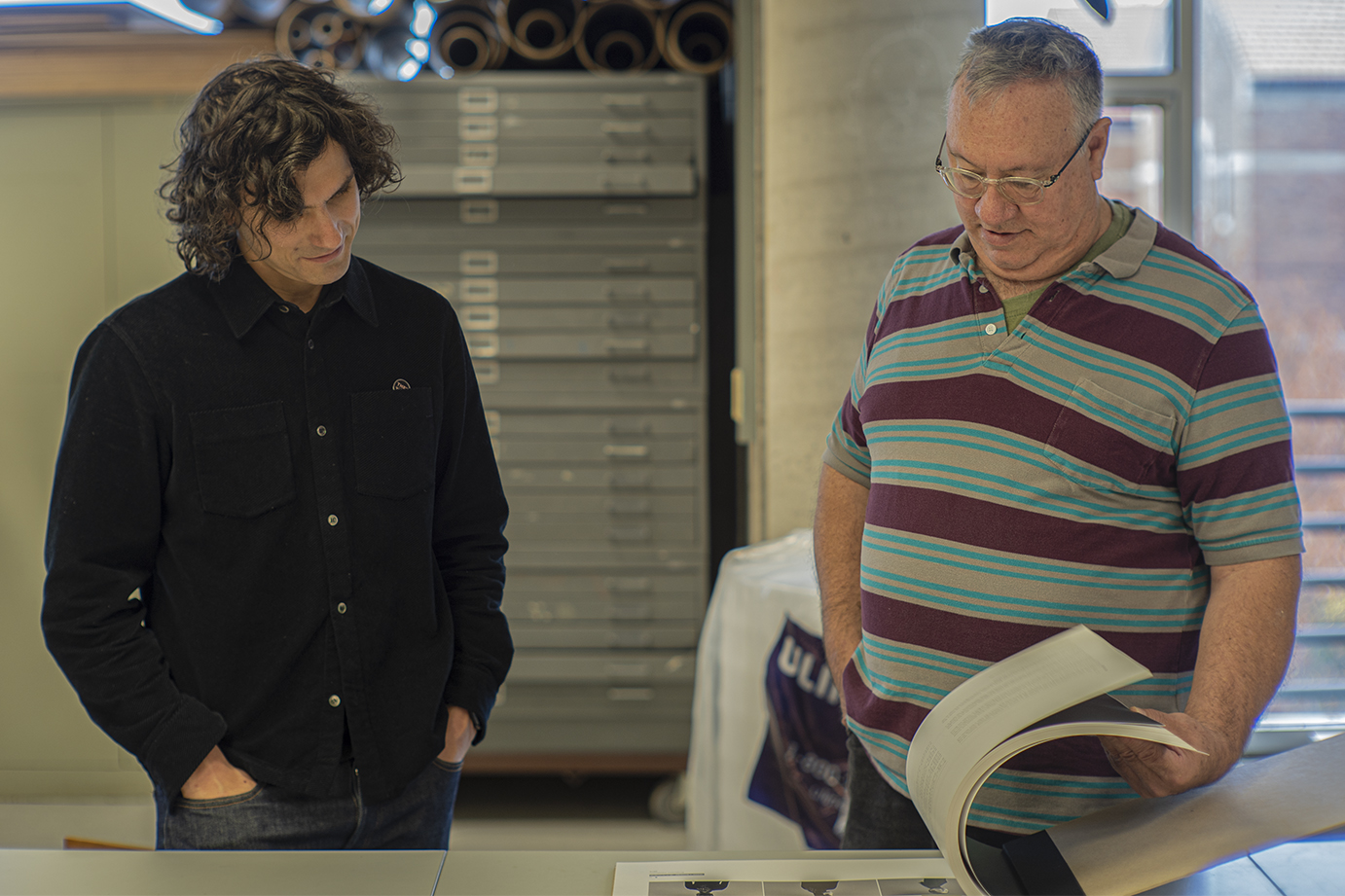

In 1999 the Rhizome ArtBase was founded as an online archive that sought to collect, preserve, and contextualize the creative practices that had emerged in the preceding decade, along with the advent of the world wide web. Rhizome is a non-profit institution (established in 1996) devoted to the creation, presentation, preservation, and critique of emerging artistic practices that engage technology. Offered in conclusion is a discussion of metadata, from a collection management standpoint, to ensure the long-term sustainability of digital conservation measures. The obsolescence of crucial client-side JavaScript in web based works.Performative web-based works that employ real-time data.Works that exist as performative actions within commercial web services or social networking platforms.These three works will be used specifically to illustrate conservation methods for: This paper offers three case studies on the conservation of works from the New Museum’s collection. Since 1999, Rhizome at the New Museum of Contemporary Art, New York, has maintained an online archive called the ArtBase, a collection containing works of art that employ materials such as software, code, websites, moving images, games, and browsers, towards aesthetic and critical ends. The constantly shifting compatibility of technologies, and looming wave of obsolescence dictates that this emerging practice is often preemptive, in some cases even leaning towards the archival perspective. Rather than addressing entropy and deterioration of objects, paintings, prints, or textiles, many collections must now contend with ensuring the conservation of works that are entirely born-digital. Presented by the Media Archaeology Lab and hosted at the University of Colorado Museum of Natural History.The Electronic Media Review, Volume Two: 2011-2012

Additionally, Melanie facilitates the Studio Project, a teen intern program at the Boulder Museum of Contemporary Art. She currently teaches Digital Art at the University of Colorado-Boulder, where she also coordinates the Interactive Art, Writing, and Performance program’s Visiting Artist Series. Her work has been shown at the Whitney Museum of American Art, Echo Park Film Center, Transfer Gallery, Denver Digerati, the Museum of Human Achievement, and many DIY spaces/venues. Her work follows her various curiosities, which are influenced by internet culture, while questioning the intricacies of human-computer interaction and its relationship to technological determinism and the nature of spatiality. Melanie Clemmons is a new media artist, educator, and community organizer. In this hybrid talk/presentation, Clemmons will consider these themes while inviting the audience to participate in virtual travel. These changes will only become more intermingled with our continued acceptance and use of digital tools in everyday life. With our culture’s integration of modern technologies, the zeitgeist has changed to blend the boundaries of virtual and physical. Are the things one does and sees online as legitimate as the things they do and see IRL? If one has walked down an Icelandic street in Google Street View, have they been to Iceland? The rules and nature of reality, and sometimes identity, behave differently there, and therefore so do experiences. In working with the internet, one leaves ‘IRL’ (in real life) space and arrives in cyberspace. Fino-Radin served previously in leading programs of time-based media conservation at the Museum of Modern Art, and Rhizome, and holds a Master of Science in Library and Information Science, and Master of Fine Arts in Digital Arts from Pratt Melanie Clemmons / Fino-Radin will provide an inside look at the evolution and emergence of this brave new world of time-based media art conservation.īen Fino-Radin is the Founder of Small Data Industries, a studio providing services to collectors, galleries, artists, and institutions for the collection, exhibition, preservation, and storage of time-based media art. The 20th century witnessed an unprecedented explosion of new materials for artistic experimentation – broadcast television, analog video, personal computers, the world wide web, virtual reality – despite this it was not until the 21st century that a conservation specialty dedicated to these materials emerged.Ģ017 sees media conservators in leadership roles, philanthropic support for training initiatives increasing, and an ever growing presence of time-based media art in the commercial market.

Researcher: Ben Fino-Radin // Variation and Change: A History of Time-Based Media ConservationĪrtist: Melanie Clemmons // Visit Internet Each MALfunction features one researcher and one artist whose projects examine a similar technological theme.

Digital pragmata ben fino radin series#
MALfunction: A series of intimate events that question where media and society, research and practice meet.


 0 kommentar(er)
0 kommentar(er)
